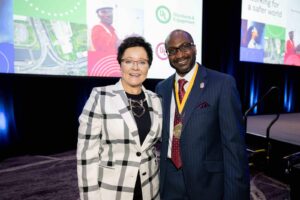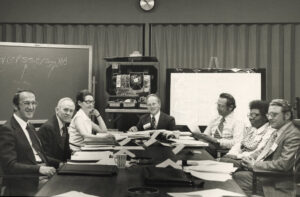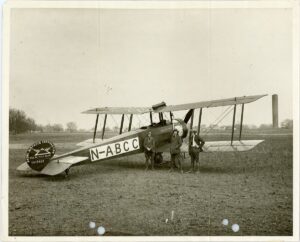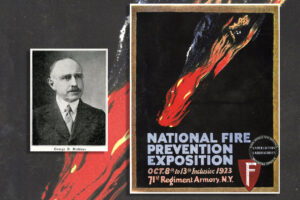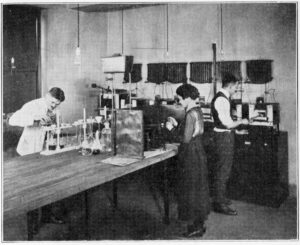Lessons Learned From Chicago’s Tragic Iroquois Theatre Fire
Disaster helped inspire creation of esteemed UL product safety label
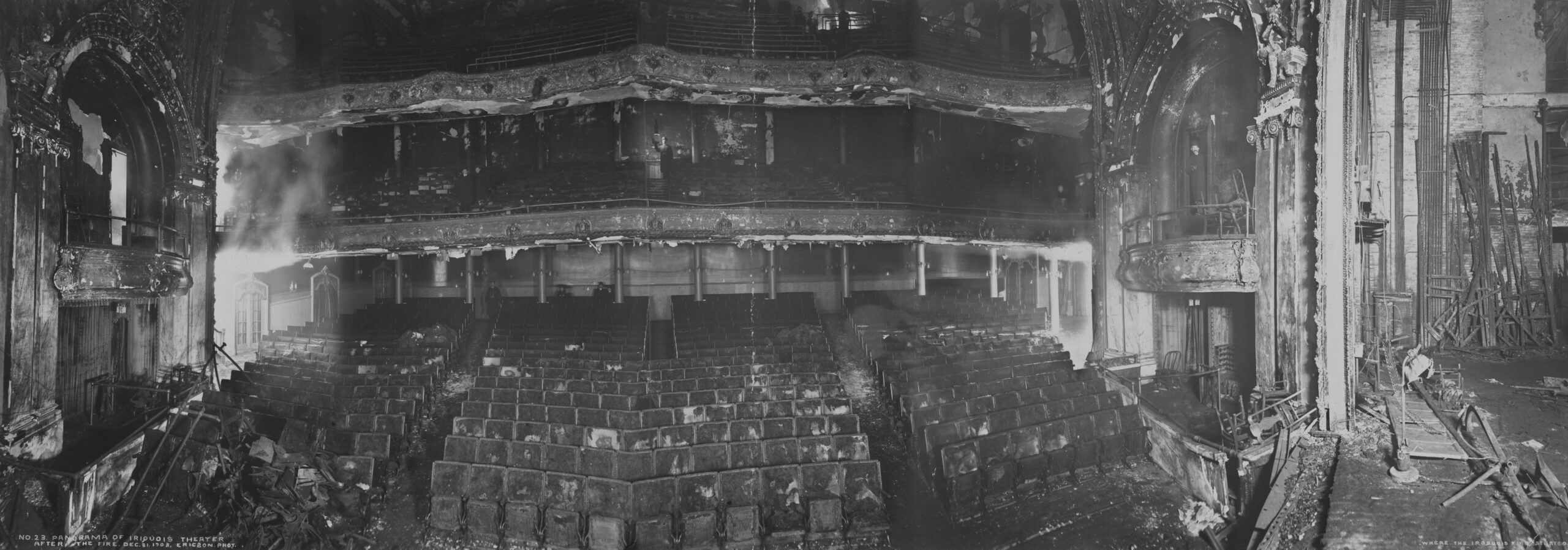
The deadly Iroquois Theatre fire of 1903 prompted numerous fire safety reforms still in place today, as described in an episode of WTTW-TV’s “Chicago Stories” series that explores downtown Chicago disasters with lasting impact.
Its horrible toll also helped inspire the creation of UL labels, a symbol of safety now widely recognized by consumers. Formed in 1906, the UL Label Service was in part a response to findings that the Iroquois Theatre’s six fire extinguishers and other so-called fire protection measures were ineffective.
“Seven years ago a man put 10 cents’ worth of baking soda in a 5-cent tin tube. He sold it for $3 as a fire extinguisher to use in … the Iroquois Theater in Chicago,” UL founder William Henry Merrill Jr. said several years after the fire. “The operator testified that the fire in its incipiency could have easily been extinguished by a small stream of water, but the unreal extinguisher being at hand, he waved it as directed, expecting the magic wand to be effective in such surroundings. Unfortunately, there was nothing ‘make-believe’ about the fire, and the result was, and always will be, very real to the families and the friends of over 600 women and children, whose lives were sacrificed that a man might make a profit of $2.”
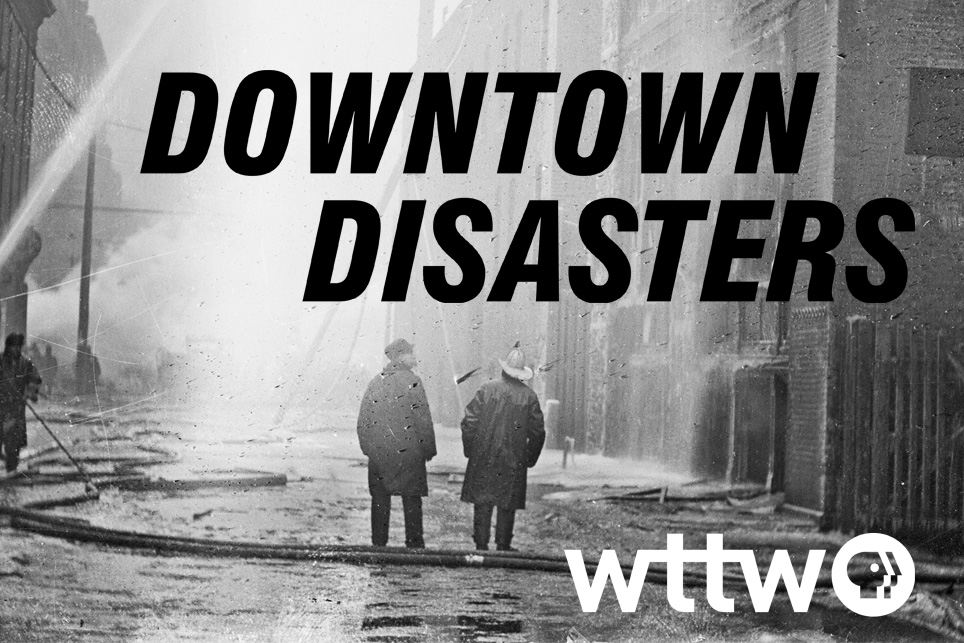
Watch the PBS Special
The ‘absolutely fireproof’ theater becomes a firetrap
The fire that was to have such a decisive impact on future safeguards began on Dec. 30, 1903. The Iroquois Theatre, described as “absolutely fireproof” in its playbill, had opened just five weeks earlier, and about 1,800 people packed the auditorium for a matinee performance.
Midway through the show, a hot electric light brushed against a flammable piece of scenery, igniting a small fire that quickly spread.
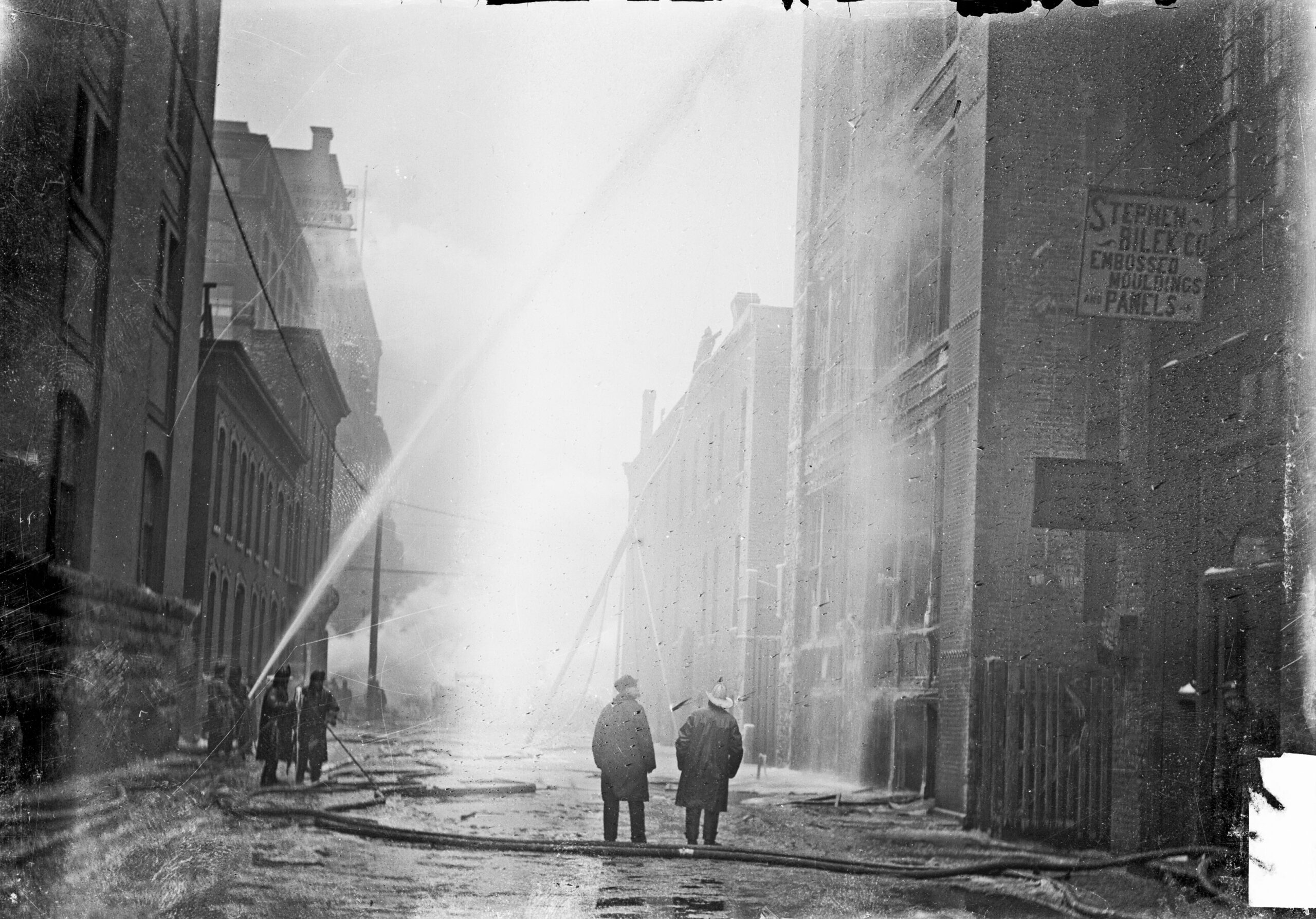
Firefighters battling the blaze. The Iroquois was not equipped with a telephone or a fire alarm, and precious time was lost when a stagehand had to run to the nearest fire department to get help.
In his book “Tinder Box,” Anthony Hatch details how the performance descended into chaos: The theater’s lone fireman sprayed the useless fire extinguishers at the growing blaze, and the asbestos fire curtain failed to lower all the way. Several of the exits had been locked or the doors opened inward. As the panicked crowd rushed to escape, many were trampled or asphyxiated to death because of the blocked exits. The roof ventilation was nailed shut, and when performers opened a backstage door, a fireball ripped through the audience and instantly killed many people in the upper gallery. The theater was plunged into darkness, with no illuminated exit signs to show the way out.
In short, the theater was a deathtrap. More than 600 people died, many of them children.
An enduring legacy
The world reeled as news of the fire and its ghastly death toll spread. A prominent manufacturer who had lost two nieces in the fire sought to prevent similar tragedies in the future by enlisting John Ripley Freeman, a noted engineer and contemporary president of the American Society of Mechanical Engineers. Freeman agreed to conduct a thorough investigation of the Iroquois disaster and apply engineering principles to identify solutions for common theater fire hazards.
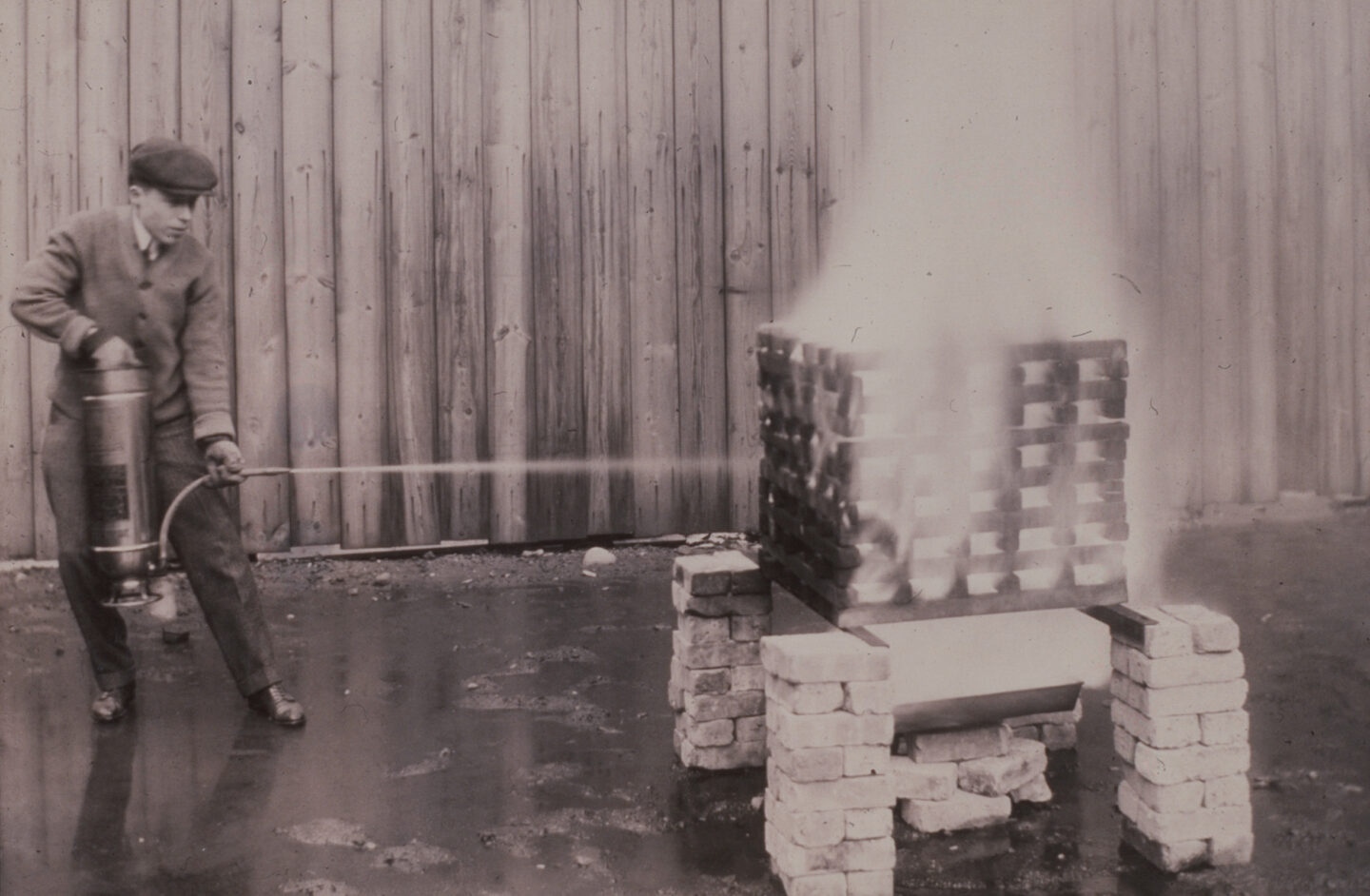
UL founder Merrill subsequently contacted Freeman and volunteered to help with the research. Experts in testing several fire-related products, UL employees worked with Freeman to perform tests on the efficacy of fire curtains. UL also shared the results of an unpublished study of fireproof paints, which demonstrated that no chemicals existed that could make scenery truly fireproof — despite manufacturer claims otherwise.
Freeman’s research culminated in a well-known report called “On the Safeguarding of Life in Theaters,” which provided science-based recommendations for theater safety.
The fire and its aftermath also helped inspire Merrill’s creation of UL’s label service. Apparently struck by the ease with which illegitimate fire protection products could be marketed and sold, Merrill recognized that consumers needed a way to visually identify which lifesaving devices had been proven safe and effective.
Merrill established the UL Label Service in 1906 to cover products that had a “life safety” purpose. By 1923, over 6 million fire extinguishers bore an Underwriters Laboratories mark. And today, UL Marks appear each year on more than 22 billion products throughout the world.
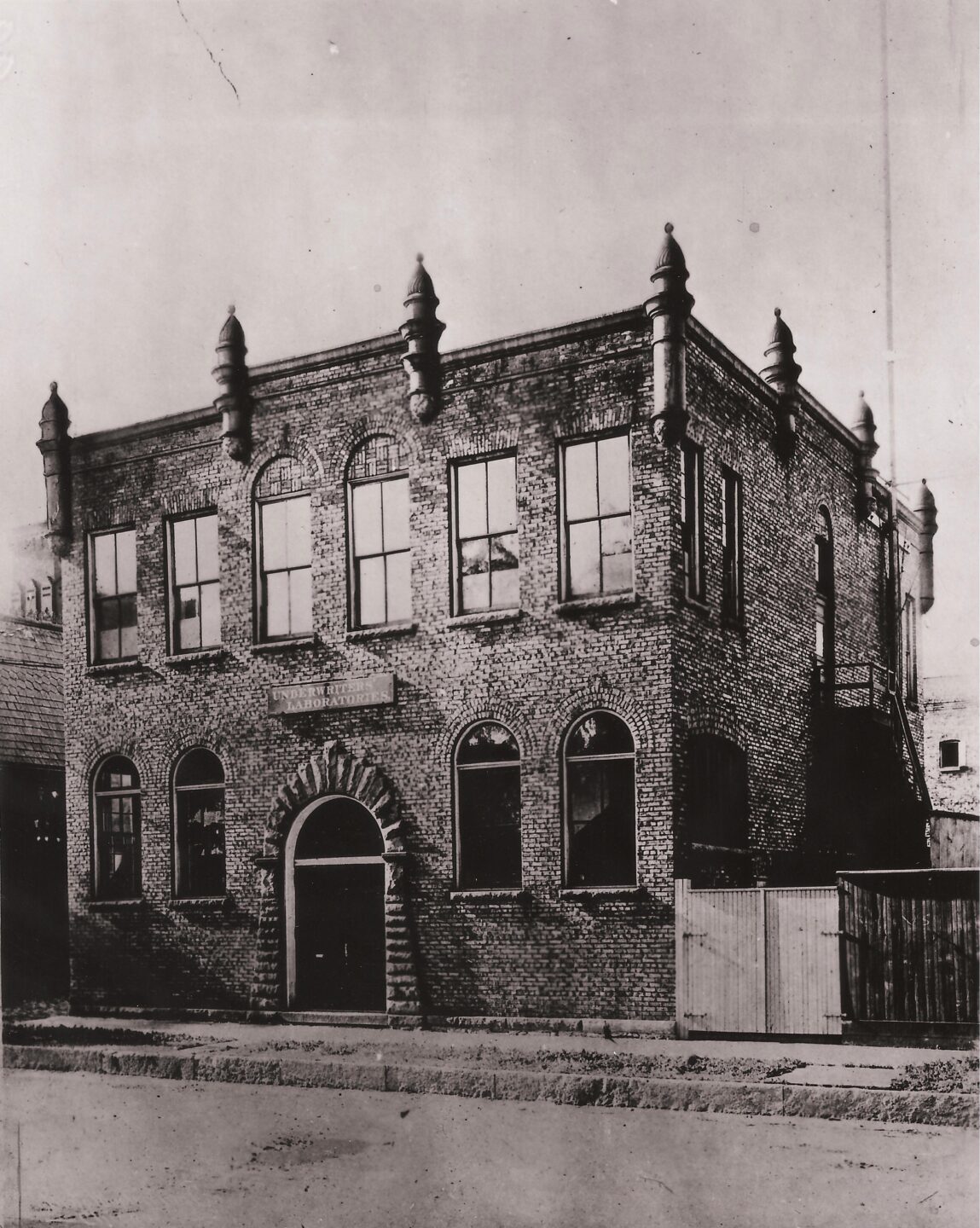
PUBLISHED
